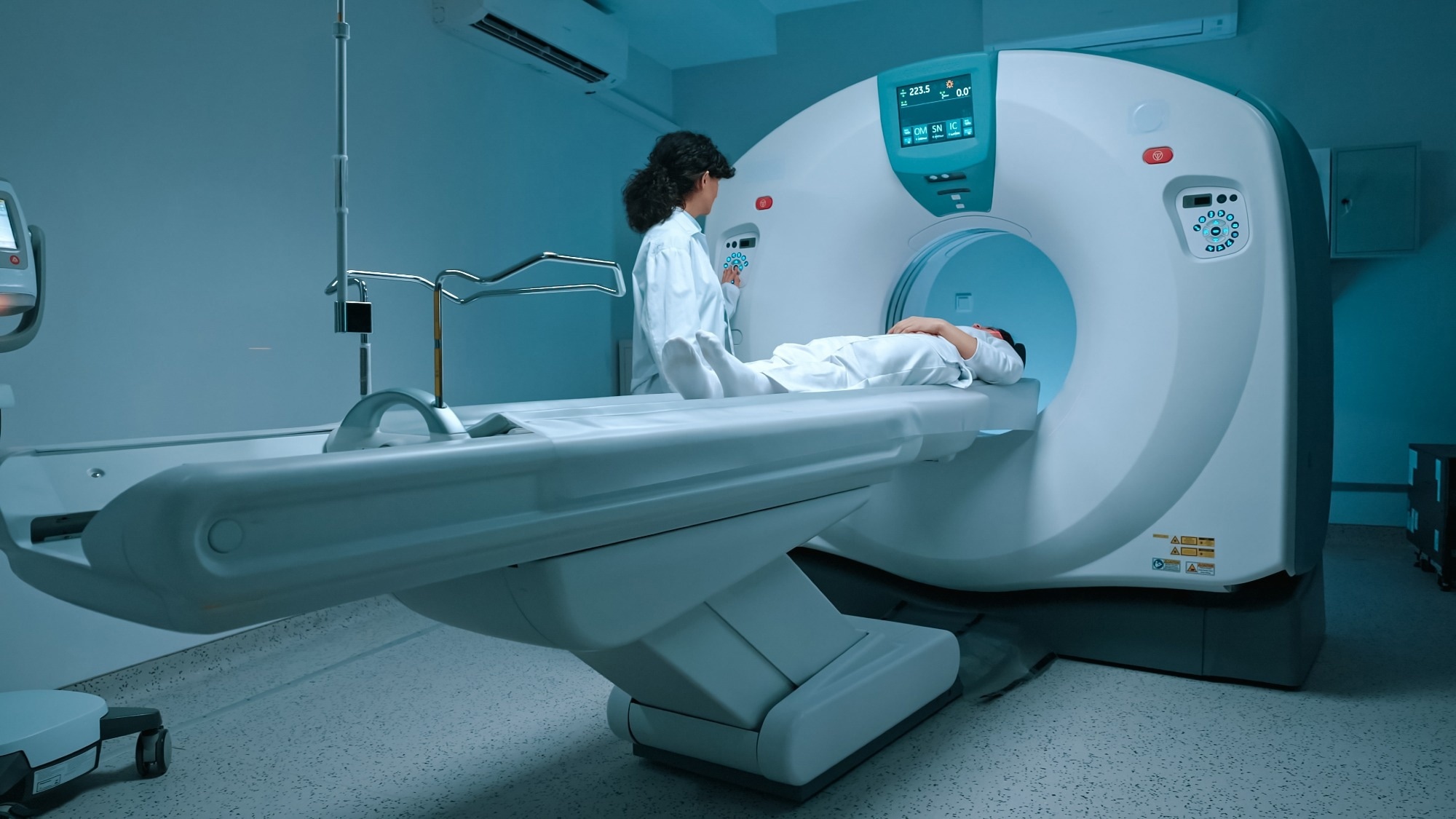Reviewed by Frances BriggsJul 15 2025
Scientists at the University of Arizona have used AI and light-based imaging to identify pancreatic cancer types, offering a faster, cheaper alternative to traditional genetic and molecular tests.

Image Credit: VesnaArt/Shutterstock.com
A research team at the University of Arizona has developed a method to more quickly and affordably determine the disease phenotypes of pancreatic cancer.
Their study, published in Biophotonics Discovery, exemplifies how combining artificial intelligence (AI) with label-free optical microscopy can streamline disease phenotyping
Over the past ten years, “precision medicine” has gained popularity as a cancer treatment option. Doctors can make more informed decisions about the most effective treatment options by tailoring therapies to each patient's unique circumstances, characteristics, and phenotypes.
This strategy has the potential to increase cancer patients’ quality of life and survival rates. While precision medicine has improved outcomes for many patients, the tools used to identify these phenotypes have not kept pace.
Current methods often rely on expensive, time-intensive techniques such as molecular marker analysis, tissue staining, or genetic sequencing. These hurdles limit access for many who could benefit.
In the recent study, researchers constructed spatial maps of the tissue’s gene expression using a recently developed method known as spatial transcriptomics. This allowed them to understand how the disease may behave and form phenotypes.
They then applied label-free optical microscopy to the same tissue, capturing images based on the natural fluorescence of certain biomarkers and a signal called second harmonic generation, produced by structural proteins like collagen. The label-free microscopy images were then matched with the spatial transcriptomic information.
The team then created a deep neural network, an AI system that was instructed to predict the tissue's phenotype only from the label-free microscopy images.
The method correctly predicted tissue phenotypes with approximately 90 % accuracy, a finding that shows how promising label-free microscopy and artificial intelligence are for precision medicine applications.
The researchers also demonstrated that traditional image analysis methods could not extract sufficient information to predict phenotypes. This highlights the unique ability of AI to detect subtle patterns in optical images that correspond to underlying genetic and molecular disease mechanisms.
Their study is among the first to connect insights from genetic sequencing with label-free optical imaging, showing that disease phenotypes can be identified without costly or complex testing. The study represents a significant step forward in the use of optical imaging in precision medicine, perhaps making it more accessible and effective in the future.
Journal Reference:
Guan, S., et al. (2025). Optical phenotyping using label-free microscopy and deep learning. Biophotonics Discovery. doi.org/10.1117/1.BIOS.2.3.035001